Description
WQ600 Oxidation Reduction Potential (ORP) Sensor
Unveiling the Power of ORP: A Comprehensive Guide to ORP Sensors
Built to Withstand Harsh Environments
Global Water’s ORP sensor boasts a robust design ideal for continuous and reliable operation. Its fully encapsulated electronics are shielded from moisture and contaminants by marine-grade epoxy, ensuring longevity even in demanding aquatic environments. The stainless steel housing further reinforces the sensor’s durability, making it resistant to corrosion and physical impact.
Seamless Connectivity and Signal Transmission
The ORP sensor features a 4-20 mA output with a three-wire configuration, enabling straightforward integration into various monitoring and control systems. This industry-standard signal format ensures compatibility with a wide range of data loggers and controllers. Additionally, the marine-grade cable with strain relief safeguards the electrical connection, minimizing the risk of signal disruption due to cable stress or movement.
Versatility for Diverse Applications
The online version of the ORP sensor comes equipped with a convenient 1-¼ x 12-inch PVC pipe nipple, threaded on both ends and capped with a 1-¼ inch NPT PVC housing. This configuration facilitates easy installation and positioning within your specific monitoring setup.
Unlocking Advanced Monitoring and Control
For enhanced functionality, Global Water offers a suite of compatible instruments that leverage the ORP sensor’s output for expanded monitoring and control capabilities. The PC320 ORP Controller allows you to utilize the sensor’s data to trigger alarms or control pumps based on pre-defined ORP thresholds. This enables automated responses to maintain optimal oxidation-reduction conditions within your system.
Furthermore, Global Water’s GL500 ORP Data Logger empowers you to record ORP measurements over time. By connecting directly to the sensor’s 4-20 mA output, the GL500 Data Logger provides a valuable tool for creating a comprehensive record of ORP trends. This data can be instrumental in analyzing system performance, identifying potential issues, and optimizing overall process control.
Demystifying ORP: Understanding the Science Behind the Measurement
ORP, or Oxidation-Reduction Potential, is a crucial parameter in water quality analysis. It signifies a solution’s tendency to act as an oxidizing agent (causing the loss of electrons) or a reducing agent (gaining electrons). Measured in millivolts (mV), ORP provides a snapshot of the dominance of oxidizing or reducing conditions within a solution.
The Fundamental Processes: Oxidation and Reduction
Oxidation signifies the loss of electrons by an atom, molecule, or ion. This process can occur with or without the addition of oxygen. During oxidation, the oxidation state of a substance increases. Conversely, reduction represents the net gain of electrons. When a substance undergoes reduction, its oxidation state decreases. It’s important to remember that oxidation and reduction reactions always occur simultaneously. Every such reaction can be broken down into half-reactions, which detail the specific chemical species participating in the process. Standard chemistry references provide a wealth of information on these half-reactions.
Concentration and ORP: A Complex Relationship
The ORP of a solution is directly influenced by the concentrations of the various substances involved in the relevant half-reactions. However, calculating ORP under varying concentration conditions necessitates the application of the Nernst equation. Due to its logarithmic dependence on concentration and its sensitivity to multiple solution components, ORP isn’t ideally suited for precise concentration measurements.
The Power of ORP in Monitoring and Control
The true strength of ORP lies in its ability to monitor and control oxidation-reduction reactions. When such a reaction takes place, a significant change in ORP typically occurs. This significant change overshadows the factors that make concentration measurements using ORP challenging. This characteristic allows you to verify the completion of an ORP reaction and subsequently implement appropriate control measures within your application.
By understanding the design, operational principles, and complementary instruments associated with ORP sensors, you can harness their power to gain valuable insights into the oxidation-reduction dynamics of your water system. The sensor’s robust build, versatile connectivity, and compatibility with advanced monitoring tools make it a cornerstone for optimizing various water quality management applications.

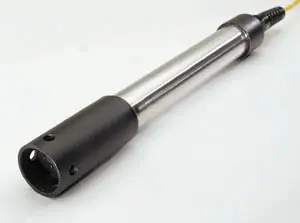
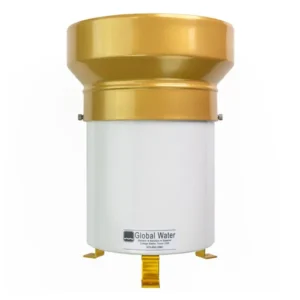
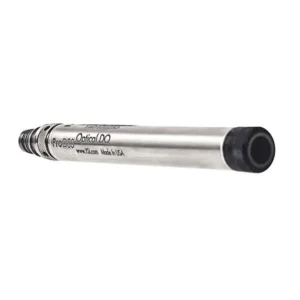
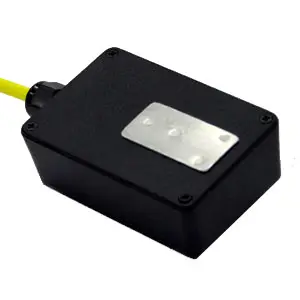
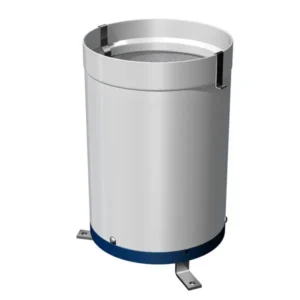
Reviews
There are no reviews yet.